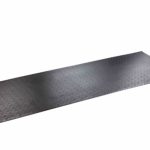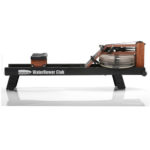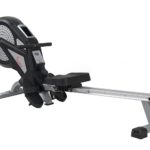Contents
How do Blisters Occur while Rowing?
In rowing, the hands are one of the main contact points and they can take quite a beating. Over time, the hands can become quite uncomfortable and rowing blisters may develop followed by calluses. Once calluses develop, your hands may bother you less.
However, even with calluses, you should be very careful about sudden increases in your rowing duration especially in wet or hot conditions because they tend to accelerate the formation of blisters.
Why do Blisters Occur?
Blisters occur for various reasons such as increasing your workout times, being your first time rowing or going back to using a rowing machine after taking a long break from rowing. Therefore, we must all learn how to prevent and deal with rowing blisters. Wearing the best rowing gloves will protect your hands against blisters and allow you to work out at your best.
How Can you Prevent Blisters?
In order to prevent blisters, we must first understand the telltale signs that a blister is forming and what causes them. Some of the main reasons why blisters form include improper grip, increased rowing duration, and sweat and moisture on your hands or the handle.
Reasons to Wear Rowing Machine Gloves

-
Prevent the formation of blisters
Wearing gloves on the rowing machine can help prevent blisters and calluses from forming especially when you increase your training time or when you first start rowing.
-
Blisters may prevent you from rowing
If your blisters are in the process of healing, it is very important to protect them, especially while rowing. You can allow your blisters to heal properly without the risk of infections or more damage by wearing the best rowing gloves.
-
Prevent the Formation of Callouses
Many rowers don’t want callouses to form because of their occupation, the feel, or look. Although some rowers believe that callouses help protect hands from painful blisters, wearing rowing gloves can help prevent either from forming.
-
Increase your Rowing Duration
Rowers who have taken a break from rowing or those who are first starting out can wear indoor rowing gloves to be able to row longer.
-
Slowly Form Callouses
You can wear gloves on long rows to help prevent blisters and avoid wearing them on shorter rows if you want your hands to slowly form callouses without rowing into them.
-
Rowing Handle too Big for your Hands
If the rowing handle is too big for you, you may have an uncomfortable or awkward grip that can easily lead to blisters. You can fix this problem by wearing a proper indoor rowing machine glove.
-
Sweaty Palms
Sweat and moisture can cause your hands to slip on the rowing handle and this may cause excess friction leading to the formation of blisters. If you don’t want your hands to slip, then you should wear gloves when rowing.
Types of Indoor Rowing Gloves
There are many different types of rowing gloves available on the market and some rowers even use gloves that are designed for other sports such as kayaking, weightlifting, or mountain biking. Therefore, the type or style of glove you use while rowing is a matter of personal choice.
1. Rowing Gloves
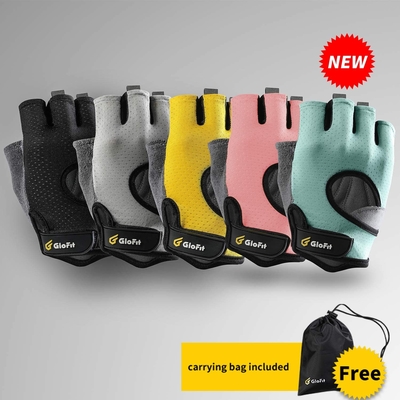 Despite being designed for rowing, these workout gloves are great for all kinds of workouts.
Despite being designed for rowing, these workout gloves are great for all kinds of workouts.
However, you should ensure that the gloves you choose are made of breathable material and are no more than ¾ finger. Avoid using thick, leather gloves that may cause excessive sweating.
2. Rowing Pads
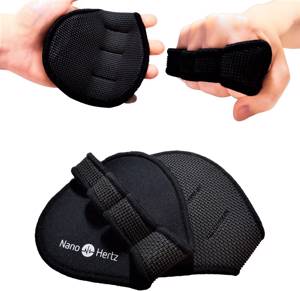 Rowing Pads are very interesting concepts because they not only protect the parts of your hands that really need protecting but they also allow your hands to breathe and are easy to put on.
Rowing Pads are very interesting concepts because they not only protect the parts of your hands that really need protecting but they also allow your hands to breathe and are easy to put on.
3. Rowing Grips
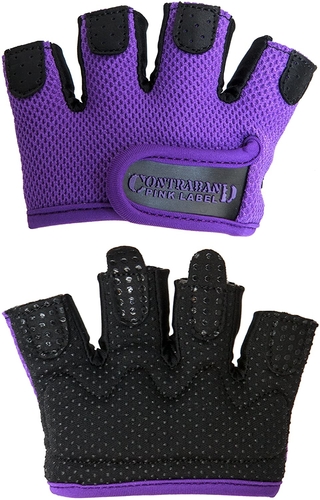 Grips are very minimal and are designed to protect the parts of your hand that are prone to blisters. They also allow your hands to breathe and you can also wear them as gym gloves or CrossFit gloves.
Grips are very minimal and are designed to protect the parts of your hand that are prone to blisters. They also allow your hands to breathe and you can also wear them as gym gloves or CrossFit gloves.
However, one of their main shortcomings is that they do not protect the whole hand and they may be the wrong choice for people who get blisters on their upper fingers or palms.
Although blisters are inevitable while rowing, increasing your training duration gradually and using the best rowing gloves can help minimize discomfort and the risk of developing painful blisters from Rowing.

